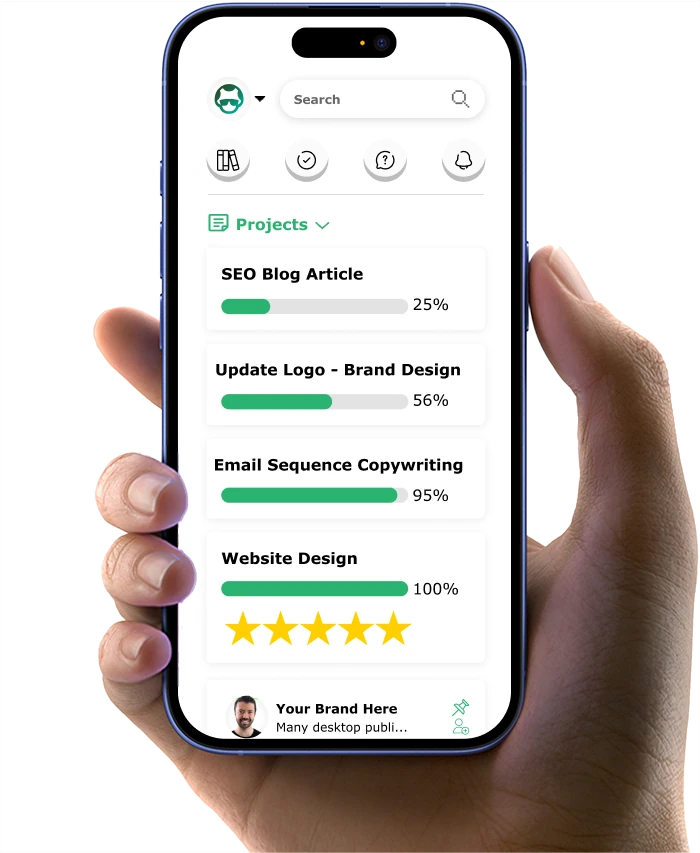Get Premium Clients: 7 Persuasion Marketing Techniques

Do your potential clients keep choosing cheaper agencies over yours?
It hurts, doesn't it? You know your agency delivers great results, but prospects just don't see the difference.
You're not alone. Most marketing agencies struggle to stand out when everyone sounds the same.
I've been there too. After working with hundreds of agencies, I've found that success isn't about being better—it's about using persuasion marketing techniques that make clients see your true value.
Here's the simple truth: clients don't buy the best services. They buy what they perceive as the best.
Studies show that stories are 22 times more memorable than facts alone, and properly framing your expertise can significantly increase your close rate.
The best part? You don't need to change what you do. You just need to change how you talk about it.
In this article, I'll show you exactly how top agencies win better clients at higher rates.
Here's what you'll discover:
- Unlock the authority positioning framework that makes prospects seek you out instead of the other way around
- Discover the strategic social proof method that builds instant trust even with skeptical prospects
- Learn the scarcity techniques that make clients value your time more and decide faster
- Master the psychological trigger that makes your pricing seem reasonable regardless of competition
- Reveal the storytelling structure that turns case studies into client-winning machines
Ready to stop competing on price? Let's dive in...
If you want to get your marketing work done for your business (or for your clients’), then you HAVE to learn more how you can delegate unlimited marketing projects & tasks without the headaches of hiring. Download this free guide: 33 Examples of Marketing Projects You Can Delegate to Growbo
Persuasion Technique #1. How to Position Yourself as the Expert
You've probably noticed how some agencies seem to command instant respect and premium prices while others struggle to get noticed. The difference often comes down to persuasion marketing through authority positioning. This technique helps you stand out in a crowded marketplace where services often look similar to potential clients.
Authority positioning isn't about claiming expertise – it's about demonstrating it consistently. When you position your agency as the go-to authority in your niche, you immediately reduce sales resistance. Clients stop questioning your rates and start valuing your expertise.
You might wonder how to implement this effectively for your agency. Start by developing thought leadership content that showcases your specialized knowledge. Create proprietary frameworks that demonstrate your unique approach to solving client problems. These assets become powerful tools in your persuasion arsenal.
The most successful agencies take authority positioning further by creating what I call a "Methodology Book." This isn't necessarily a physical book (though it could be). It's a documented approach that only your agency follows. When you can say, "This is the XYZ Method that we developed after working with over 100 clients in your industry," you immediately separate yourself from competitors.
Take the case of HubSpot's Inbound Marketing Methodology
- Created the "Inbound Marketing" framework that the entire industry now uses
- Published thousands of educational articles defining their methodology
- Result: They're not just a software company—they're THE authority on inbound marketing
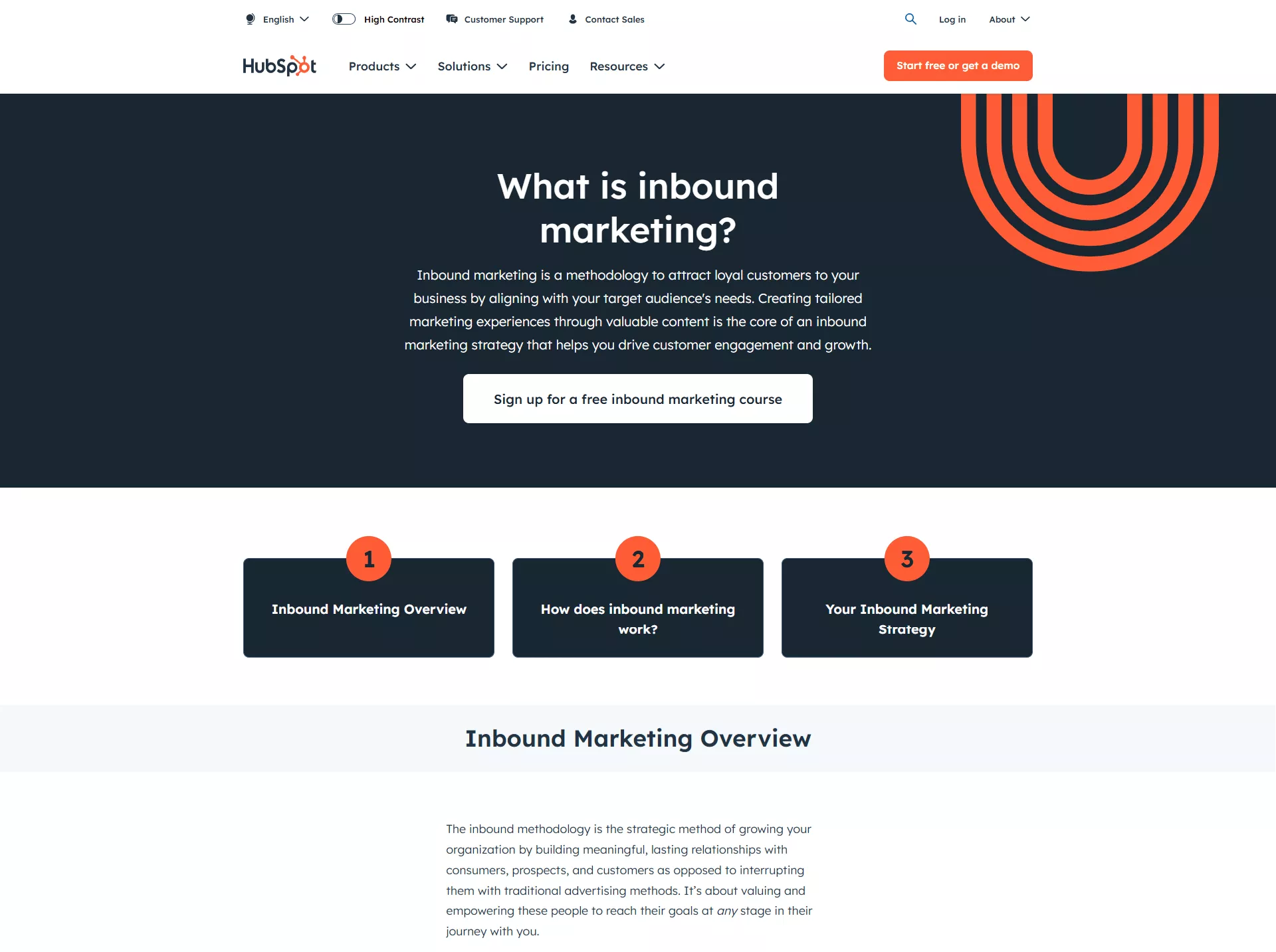
Speaking engagements at industry events further cement your authority status. You'll find that being introduced as "the expert" before you even begin your presentation creates a powerful persuasion advantage that continues long after the event ends.
We also demonstrate this principle perfectly on their website. Rather than positioning ourselves as just another marketing agency, we establish authority by calling ourselves an "all-in-one digital marketing team." This subtle but important distinction immediately positions us as a comprehensive solution rather than a partial one.
The key insight here isn't just claiming authority – it's embodying it through every client interaction. When you position yourself as the expert who wrote the book on solving your clients' specific problems, you're no longer competing on price or features. You're operating in a category of one.
Key Insights
Now that you understand how to establish authority, let's explore how strategic social proof can further strengthen your persuasion marketing approach.
Persuasion Technique #2. Using Client Success Stories to Build Trust
You know that feeling when you're more likely to try a restaurant after seeing it packed with happy customers? That same psychology applies to your agency through strategic social proof. This persuasion technique builds trust rapidly and overcomes the natural skepticism potential clients feel when considering a new partnership.
Strategic social proof isn't just about collecting testimonials – it's about deploying them with purpose. When you strategically showcase how you've helped clients similar to your prospect, you create an immediate connection. Your prospect thinks, "If they helped someone just like me, they can probably help me too."
According to OptinMonster, testimonials can increase conversions by 34%, with video testimonials performing even better at 89% effectiveness. These numbers show why strategic social proof deserves your attention as a core persuasion technique.
You might be wondering how to implement this effectively for your agency. Start by segmenting your testimonials by industry, challenge, or company size. This allows you to present the most relevant social proof to each prospect. When a healthcare company is considering your services, show them testimonials from other healthcare companies – not your retail clients.
Creating before-and-after case studies takes this approach to the next level. These narratives show the transformation your agency delivers, making the benefits tangible rather than theoretical. The most effective case studies include specific metrics that matter to your prospects.
Let me show you how to make your social proof even more persuasive. Implement video testimonials that address common objections before they arise. When a prospect hears a similar client say, "I was concerned about the investment at first, but here's why it was worth every penny," you've neutralized a major objection through someone else's voice – which is far more effective than addressing it yourself.
WebFX demonstrates this principle effectively with their dedicated testimonials page.

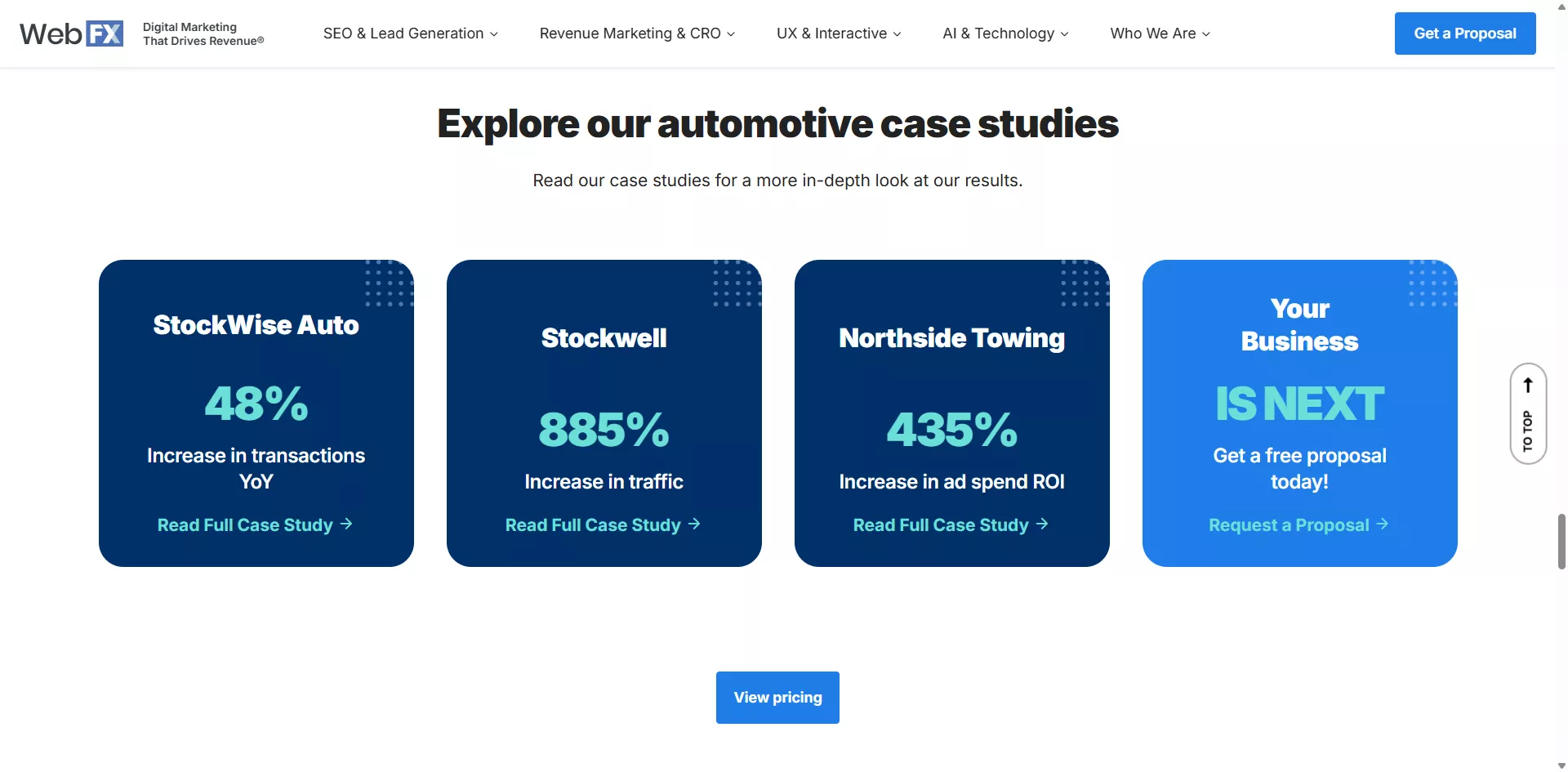
- Created separate testimonial pages for different industries (healthcare, automotive, legal)
- When a law firm visits, they only see testimonials from other law firms
- Includes specific metrics: "Increased personal injury leads by 347%"
The key takeaway here isn't just to show that you've helped others – it's to show that you've helped others exactly like your prospect. This specificity transforms generic social proof into a powerful persuasion tool tailored to each potential client.
Key Insights
Now that you understand how to leverage social proof strategically, let's explore how scarcity frameworks can create urgency and increase the perceived value of your agency's services.
Persuasion Technique #3. Making Your Services Feel Exclusive
You've likely noticed how items labeled "limited edition" or "only 3 left" suddenly become more appealing. This same psychological trigger can be applied to your agency services through scarcity frameworks. When potential clients perceive your agency's availability as limited, they place higher value on what you offer and make decisions more quickly.
Scarcity isn't about creating fake limitations – it's about honestly communicating the genuine constraints that exist in your business. When you're transparent about only taking on a certain number of clients per quarter or offering specialized services to a limited roster, you transform your services from commodities into coveted opportunities.
You might wonder how to implement scarcity frameworks without seeming manipulative. Start by creating a limited client roster that allows you to deliver exceptional results. This isn't just a persuasion tactic – it's a business model that ensures quality. When you explain to prospects that you only work with a certain number of clients to maintain service quality, you create legitimate scarcity.
Exclusive partnerships offer another powerful scarcity framework. When you can truthfully say, "We only work with one company in each industry vertical," you create natural competition for your services. This approach is particularly effective for specialized agencies where industry knowledge provides significant value.
The most sophisticated agencies implement application processes for new clients. This reverses the traditional buyer-seller dynamic – instead of your agency trying to win the client, the client needs to qualify to work with you. This approach not only creates scarcity but also attracts higher-quality clients who value your expertise.
Relevance demonstrates this principle through their limited target audience: the Ultra-High-Net-Worth Individual (UHNWI). By showing that they are a luxury brand, they indirectly communicate that their services are limited to a circle of businesses – creating perceived scarcity of both their talent and their services.
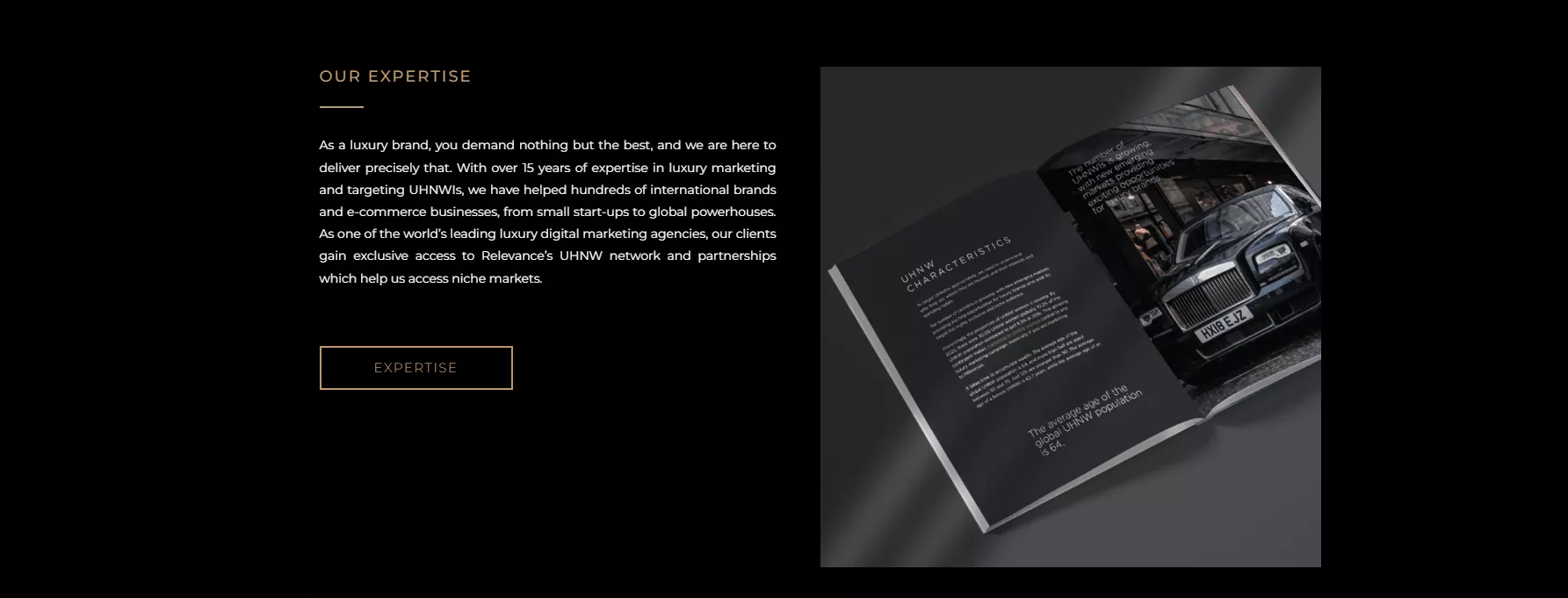
The key takeaway here is simple but powerful: when everyone can have you, no one values you as highly. By implementing thoughtful scarcity frameworks, you create natural urgency and increase perceived value without resorting to manipulative tactics.
Key Insights
Now that you understand how scarcity frameworks can increase your agency's perceived value, let's explore how reciprocity systems can open relationship doors and demonstrate your value upfront.
Persuasion Technique #4. Give Value First to Get Clients
You know that feeling when someone gives you something valuable without asking for anything in return? You naturally want to give something back. This powerful human tendency forms the foundation of reciprocity systems (a.k.a give value first) in persuasion marketing for agencies. When you provide meaningful value before asking for a commitment, you create both goodwill and a subtle sense of obligation.
Reciprocity isn't about manipulation – it's about demonstrating your expertise and value upfront. When you freely share insights that help potential clients, you prove your capabilities while creating a psychological dynamic that makes them more receptive to your proposals.
The effectiveness of reciprocity is backed by research. According to Cialdini's "Influence: Science and Practice," the principle of reciprocity increases compliance rates by up to 75% when properly implemented. This makes it one of the most powerful persuasion techniques available to your agency.
To create effective reciprocity systems for your agency, start by developing high-value free resources that showcase your expertise. These could be industry reports, template collections, or assessment tools that provide immediate value to potential clients.
When you offer to review a prospect's current marketing materials or strategy at no cost, you accomplish two important goals: you demonstrate your expertise through actionable insights, and you create a sense of reciprocity that makes them more likely to consider your paid services.
The most sophisticated agencies develop proprietary assessment tools that provide unique value such as scorecards, benchmarking systems, or opportunity calculators that help prospects understand their current situation and potential for improvement. When these tools deliver genuine insights rather than just serving as thinly-veiled sales devices, they create powerful reciprocity.
Another effective approach is to provide "quick wins" before formal engagement. When you can identify and solve a small but meaningful problem during your initial conversations, you demonstrate both capability and goodwill. This might be fixing a broken link on their website, suggesting a simple improvement to their email subject lines, or identifying a missed opportunity in their content strategy.
Key Insights
Now that you understand how reciprocity systems can open relationship doors, let's explore how loss aversion messaging can motivate action by highlighting the costs of inaction.
Persuasion Technique #5. Show What They're Missing Out On
You've probably noticed how the fear of missing out on a good opportunity can be more motivating than the prospect of gaining something new. This psychological principle forms the foundation of loss aversion messaging in persuasion marketing for agencies. When you help clients understand what they stand to lose by not working with you, you create a more compelling case than simply highlighting benefits.
Loss aversion isn't about creating fear – it's about honestly calculating and communicating the real costs of inaction. When you frame your agency's value in terms of problems solved and losses prevented, you tap into a fundamental aspect of human decision-making.
The power of loss aversion is supported by research. According to Neuromarketing, framing choices in terms of potential losses rather than gains can increase conversion rates by 30-150%. This dramatic difference shows why loss aversion deserves a central place in your persuasion toolkit.
You might be wondering how to implement loss aversion messaging effectively for your agency. Start by calculating the cost-of-inaction for potential clients. This means putting actual numbers to what it costs them to continue with the status quo rather than implementing your solution.
Let me show you how to make this approach even more powerful with competitive gap analysis. When you can demonstrate how a prospect is falling behind industry benchmarks or competitors, you create a compelling case for action. This isn't about creating artificial urgency – it's about honestly showing what's at stake.
The most sophisticated agencies develop ROI calculators that show revenue left on the table. These tools help prospects visualize not just what they could gain by working with you, but more importantly, what they're currently losing by not addressing their challenges. When a prospect can see that their current approach is costing them $10,000 per month in missed opportunities, your $5,000 monthly retainer suddenly looks like a bargain.
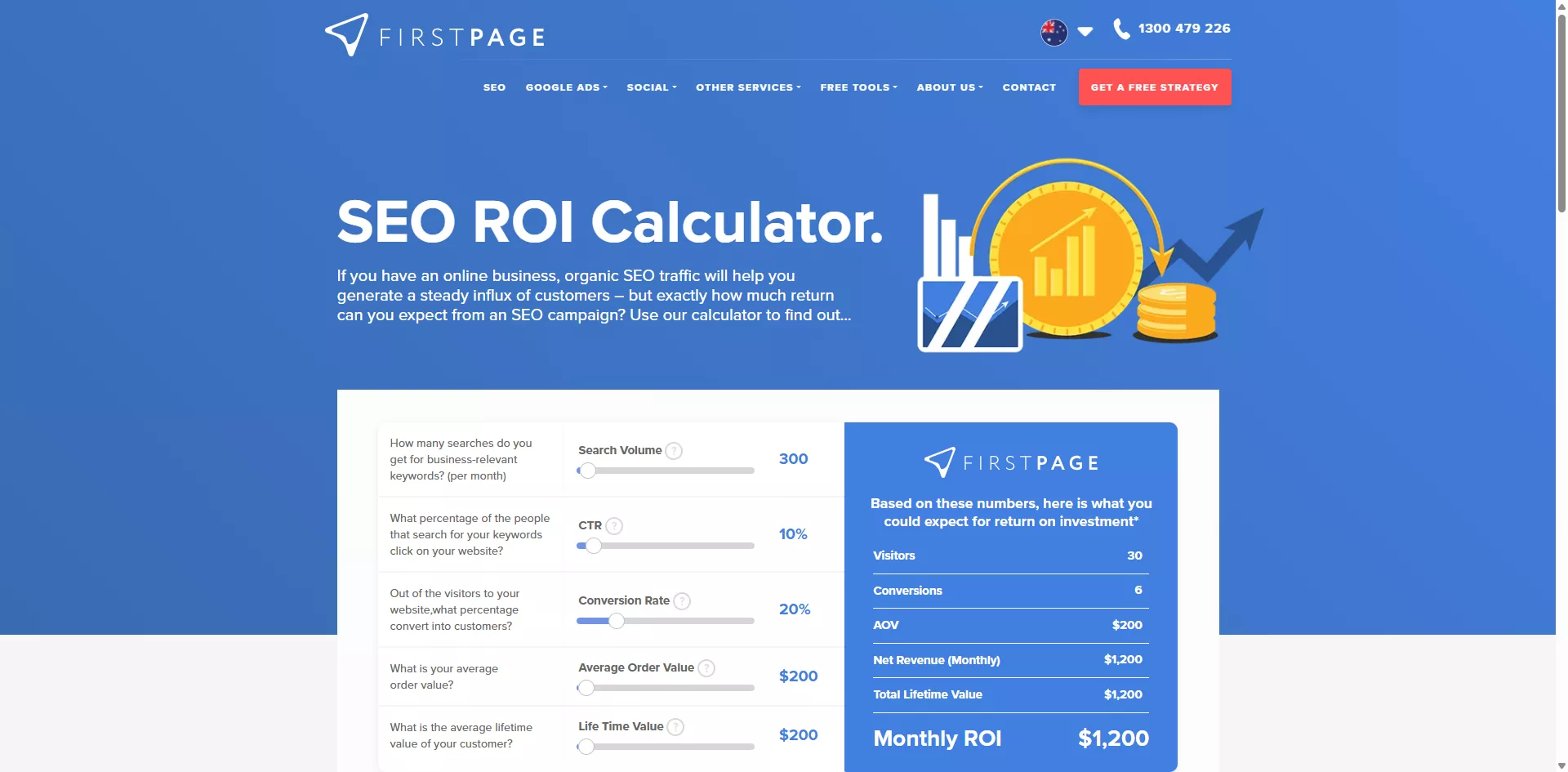
Another effective approach is creating "industry benchmark gap" reports. These custom analyses show prospects exactly where they're underperforming compared to industry standards. When you can say, "Companies in your industry typically see a 4% conversion rate on this type of campaign, but you're currently at 1.5%," you've created a powerful loss aversion message without resorting to scare tactics.
The key takeaway here isn't just that people fear losses – it's that people are more motivated to avoid losses than to achieve equivalent gains. When your messaging focuses on preventing losses rather than just creating gains, you align with how people naturally make decisions.
Key Insights
Now that you understand how loss aversion messaging can motivate action, let's explore how the contrast principle can make your pricing appear more reasonable and highlight your value.
You might be thinking: "This all sounds great, but how do I actually apply this to my agency without it feeling forced or salesy?" Turn these concepts into a practical plan for your agency. Schedule a call today to get started.
Persuasion Technique #6. Make Your Pricing Look Reasonable
You've likely experienced how a $50 shirt seems expensive until you see it next to a $200 jacket. This psychological effect, known as the contrast principle, can be a powerful tool in your agency's persuasion marketing approach. When you control the comparison points for your services, you directly influence how clients perceive your value and pricing.
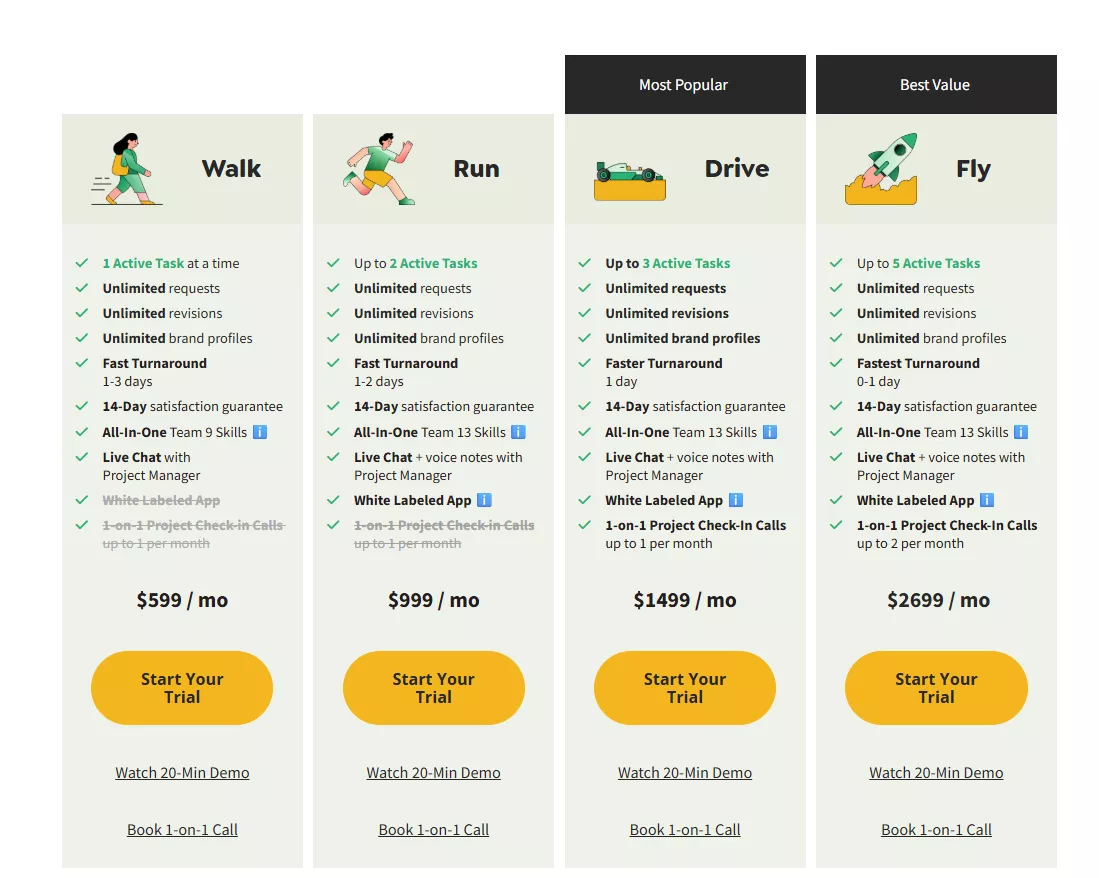
The contrast principle isn't about manipulation – it's about providing context that helps clients make better decisions. When you frame your agency's offerings strategically, you help prospects understand your true value relative to alternatives.
You might be wondering how to implement the contrast principle effectively for your agency. Start with strategic option presentation in your proposals and pricing discussions. By thoughtfully structuring your service tiers, you create natural comparison points that highlight the value of your recommended option.
Let me show you how anchoring techniques can enhance this approach. When you present your premium option first, it becomes the reference point against which other options are judged. This doesn't mean pushing clients toward your most expensive service – it means establishing a value context that makes your recommended option appear reasonable by comparison.
Creating tiered service offerings provides another powerful application of the contrast principle. When you offer good, better, and best options, you give clients the ability to choose rather than simply accept or reject a single proposal. Interestingly, most clients will select the middle option when presented with three choices – a phenomenon you can use to guide prospects toward your preferred service package.
Another effective approach is presenting investment in relation to expected returns. When you can say, "This $30,000 project typically delivers $150,000 in additional revenue within the first year," you create a contrast that makes your pricing seem reasonable regardless of what competitors might charge.
The key takeaway here isn't just about making your services seem less expensive – it's that context determines perception. When you control the comparison points, you control how clients perceive your value.
Key Insights
Now that you understand how contrast fluency can make your agency's value easier to grasp, let's explore how story-driven persuasion can increase emotional engagement and bypass rational resistance.
Persuasion Technique #7. Turn Case Studies into Compelling Stories
You've probably noticed how a good story can hold your attention far longer than a list of facts or features. This is why story-driven persuasion is such a powerful technique for agencies. When you frame your agency's value through compelling narratives, you increase emotional engagement, improve memory retention, and bypass rational resistance that might otherwise block your message.
Story-driven persuasion isn't about fiction – it's about framing real results in a narrative structure that resonates emotionally. When you transform case studies from dry data points into compelling transformation stories, you help prospects see themselves in the journey.
The effectiveness of storytelling is supported by research. According to Forbes, stories are 22 times more memorable than facts alone. This dramatic difference explains why the most persuasive agencies prioritize storytelling in their marketing.
How do you implement story-driven persuasion for your agency? Start by developing transformation narratives that show the journey from problem to solution. Instead of simply stating "We increased conversions by 43%," tell the story of how a client struggled with declining sales, how you identified the underlying issues, what challenges you overcame together, and how the solution transformed their business.
Although not an agency, this is how Shopify presented the story of Bearbrand.

Let me show you how problem-solution storytelling can enhance this approach. When you structure your case studies as "hero's journey" narratives with clients as the heroes (and your agency as the guide), you create stories that prospects can see themselves in. This framework – where the client faces a challenge, meets your agency, overcomes obstacles, and achieves success – is universally compelling.
The most sophisticated agencies create "day in the life" before/after scenarios that help prospects visualize the impact of working with you. These narratives show how a typical day for your client changed after implementing your solution – less stress, better results, new opportunities. This approach makes benefits tangible rather than abstract.
Growbo demonstrates this principle effectively on their website. They frame their service as a solution to a common pain point: hiring is a pain. This simple narrative immediately helps visitors visualize the transformation from human resource-strapped to growth-focused.


The key takeaway here isn't just that stories are engaging – it's that stories sell services better than features or benefits alone. When you wrap your expertise in compelling narratives, you create emotional connections that facts and figures simply cannot match.
Key Insights
Now that you understand how story-driven persuasion can create emotional engagement, let's explore how commitment and consistency frameworks can increase follow-through and build psychological investment.
If you want to get your marketing work done for your business (or for your clients’), then you HAVE to learn more how you can delegate unlimited marketing projects & tasks without the headaches of hiring. Download this free guide: 33 Examples of Marketing Projects You Can Delegate to Growbo
Conclusion
You've just discovered the most effective persuasion marketing techniques that can help your agency stand out in a crowded marketplace. These proven methods aren't just theory – they're practical approaches that successful agencies use every day to win better clients at higher rates.
The beauty of these techniques is that you don't need to completely change your business model. You simply need to communicate your existing value more effectively using psychology-based methods that actually work.
Let me show you the most important actions you can take right now:
- Create a documented methodology that only your agency follows.
- Segment your testimonials by industry and challenge.
- Develop a high-value free assessment that showcases your expertise.
- Frame your services in terms of what clients lose by not working with you.
- Structure your case studies as stories with clients as heroes.
Of course, implementing these techniques requires both expertise and time – two resources many agency owners find themselves short on.
This is exactly why we created Growbo. You can experience your own on-demand marketing team ready to implement these persuasion techniques for you. Need help creating that proprietary methodology? Want to transform your case studies into compelling stories? Simply submit your request, and our team handles it all.
See firsthand how having expert marketing support changes everything. Schedule a quick call to discuss which persuasion techniques would work best for your specific agency.
Which of these persuasion techniques do you think would make the biggest difference for your agency? Share your thoughts in the comments below!
Keep Growin', Stay Focused,

Image Credits:
1 - https://www.hubspot.com/inbound-marketing
2 - https://growbo.com
3 - https://www.webfx.com/industries/food-beverage/restaurants/
4 - https://www.webfx.com/industries/automotive-transportation/auto-manufacturing/
5 - https://relevance.digital/
6 - https://www.shopify.com/au/blog/10063705-how-one-man-listened-to-his-community-then-built-a-40k-per-month-ecommerce-business-in-under-a-year


